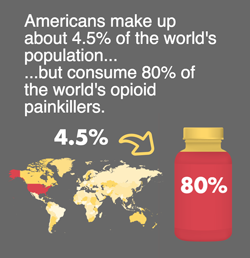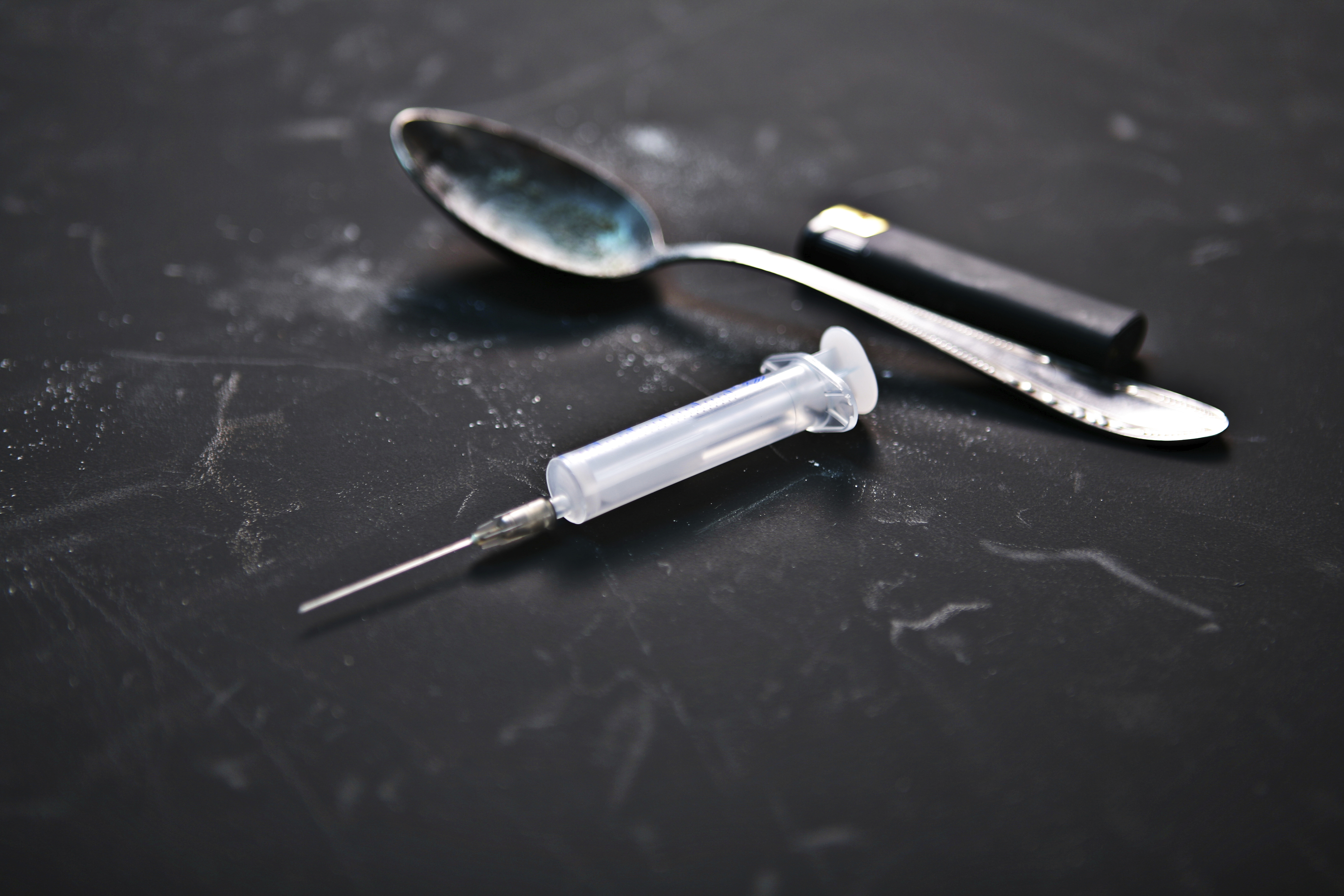Counties throughout the state of Florida continue to contend with heroin addiction. Orange County recently reported a 40 percent increase in heroin-related fatalities in 2014, representing 36 deaths in one year for the region. This is just one example of the  drug’s increasing dominance over residents of the Sunshine State. Additionally, the number of children being born with drug addictions has increased 69 percent according to state officials.
drug’s increasing dominance over residents of the Sunshine State. Additionally, the number of children being born with drug addictions has increased 69 percent according to state officials.
Counties all over the state, particularly in Central and South Florida, have seen the popularity of the deadly drug reach its highest levels since the 1970s.
In 2012, Broward County’s addiction treatment centers experienced an 87 percent increase in admissions by heroin addicts; from 169 to 316 according to the Department of Children & Family Statistics. In Palm Beach County, while heroin treatment admissions did not increase at the same rate as Broward County’s, arrests have certainly spiked. The Sheriff’s Office captured 15 pounds of heroin in illegal street deals in 2012. This represents considerable jumps from just three pounds in 2011 and 20 grams in 2010.[1]
According to Click Orlando, an online Orlando-based news publication, the number of heroin related overdoses increased in almost every Central Florida county during 2013 and 2014. Orange and Osceola counties were hit the hardest, experiencing an 84 percent increase during that time.
Opioid and Heroin Abuse Often Begin With Pain
To truly understand the rise of Florida’s and the nation’s newest heroin epidemic, look no further than the fact that 100 million Americans are currently suffering from chronic pain.[2] Unlike acute pain, which lasts for a few moments, chronic pain plagues individuals daily. For some, simply getting through a day without experiencing debilitating pain during every waking moment is not possible.
plagues individuals daily. For some, simply getting through a day without experiencing debilitating pain during every waking moment is not possible.
Being that no one wants to live in pain, individuals struggling with chronic pain often seek help from their doctors in the form of pain medication. Since the use of painkillers or opioids does not target the source of pain, only temporarily masking it, patients are forced to repetitively take them, potentially creating a dependency.
An independent panel convened by the National Institutes of Health has put the onus on doctors and the medical profession as a whole to find a healthier way.[3]
“We learned that sufficient clinical research doesn’t exist to show physicians how best to treat chronic pain in adults,” said Christopher Callahan, M.D., a member of the seven person panel. “Are opioids the appropriate treatment? And, if so, at what dose and for how long? Could other, less dangerous treatments work for some people? The panel found that, in spite of what many clinicians believe, there is no evidence that pain narcotics – with their risks of dependency, addiction and death – are an effective long-term pain treatment.”
 To say the nation has become strung out on painkillers might be an understatement. Every 19 minutes, an American dies from an accidental overdose on painkillers. Distribution of morphine, a main component in popular painkillers, skyrocketed by 600 percent from 1997 – 2007. According to the U.S. Drug Enforcement Administration, there are enough painkillers prescribed in the U.S. to give every single person a pain pill once every four hours for the next three weeks. Based on 2011 U.S. Congressional testimony, 80 percent of the world’s pain pills are consumed in the United States, which only houses five percent of the world’s population. [4]
To say the nation has become strung out on painkillers might be an understatement. Every 19 minutes, an American dies from an accidental overdose on painkillers. Distribution of morphine, a main component in popular painkillers, skyrocketed by 600 percent from 1997 – 2007. According to the U.S. Drug Enforcement Administration, there are enough painkillers prescribed in the U.S. to give every single person a pain pill once every four hours for the next three weeks. Based on 2011 U.S. Congressional testimony, 80 percent of the world’s pain pills are consumed in the United States, which only houses five percent of the world’s population. [4]
The Transition from Painkillers to Heroin
Florida area doctors familiar with the increase in heroin abuse report that some of these cases involve babies who are addicted to heroin. Florida has long been a hub for prescription opioid addiction. As prices for illegal painkillers have risen due to scarcity, heroin has taken their place as a cheaper alternative. According to the Trust for America’s Health, Florida has the 11th highest drug overdose mortality rate in the country and recently received a score of just 70% on its policy report card of promising strategies to curb prescription abuse.
It appears the national and statewide crackdown on prescription pills, irresponsible doctors and rampant abuse has created some unintended consequences. The focus on eliminating the supply has driven abusers of OxyContin, Vicodin and other opioids to using the less expensive and more potent heroin. Another unintended consequence is the change of the face of heroin abuse in America.
80 percent of the world’s pain pills are consumed in the United States, which only houses five percent of the world’s population.
Whereas abusers in the ’60s and ’70s were often low-income individuals, according to a study by the Journal of the American Medical Association, this is no longer the case. The typical heroin addict now begins using the drug at age 23, is most likely from an affluent suburb and was led to heroin through painkillers legally prescribed by a doctor. Both heroin and opioid pills are derived from the poppy plant, have similar chemical makeups and work on the same brain receptors.
Lower Cost, Easier Access
 For many, the decision to switch from painkiller abuse to heroin is an economic and practical one. Economically speaking, opiate pain medications cost uninsured users approximately $1/milligram, meaning a single 60 milligram pill will cost $60.
For many, the decision to switch from painkiller abuse to heroin is an economic and practical one. Economically speaking, opiate pain medications cost uninsured users approximately $1/milligram, meaning a single 60 milligram pill will cost $60.
Compare that against the price of an equivalent amount of heroin, at around $10 per bag, and it’s easy to see that one is more cost effective than the other. Couple that with the fact that a prescription is often needed for painkillers, and heroin can be bought off the street, and the immediate availability makes heroin an even more enticing substitute.
Target Addiction Not Harm Reduction
As reports from health organizations like the CDC began chronicling the nation’s painkiller addiction problem, the immediate response was to target the supply and suppliers.[5] Doctors became more reluctant to prescribe pain medication, leading to a 23 percent decline in overdose deaths between 2010 and 2012. Additionally, certain drugs, such as OxyContin, were reformulated to be less amenable to recreational abuse. Within two years, there was a significant decrease in the abuse of OxyContin.[6]
The unfortunate side effect of this was a near doubling of the amount heroin abuse. It became clear that government sanctions, new technologies and law enforcement crackdowns weren’t going to stop addicts from finding drugs. They just found new drugs to abuse.
This is an important lesson, as addiction is a disease, not a choice. The decision to focus on reducing the harm created by painkillers led many to abuse heroin in its place. By focusing on addiction, instead of harm reduction, individuals are given a chance to break their dependence from drug use, rather than trying to find a substitute for it.



